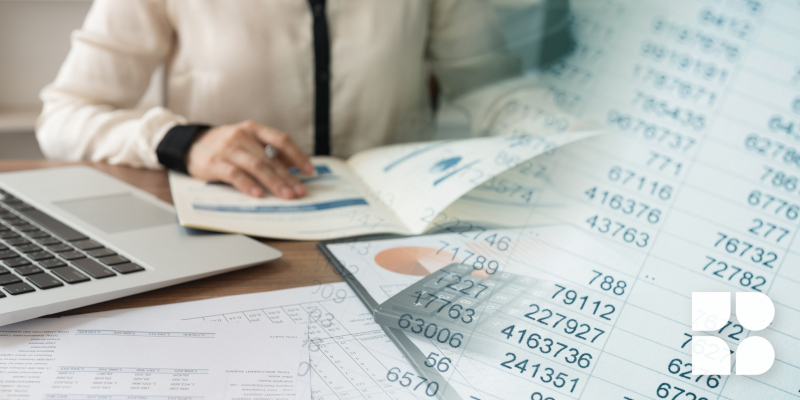Risk Assurance and the CPA audit
 Today, let’s dive into the CPA Audit. It’s one of the highest levels of risk assurance and is used to provide stakeholders feedback on the accuracy and reliability of financial statements in your business.
Today, let’s dive into the CPA Audit. It’s one of the highest levels of risk assurance and is used to provide stakeholders feedback on the accuracy and reliability of financial statements in your business.
We’ll look into when and why you might want to consider one and what a good one looks like.
Let’s go!
What is a CPA audit and why would you need one?
A CPA audit can be part of the risk assurance process or a stand-alone procedure to dial in on financial statements.
When it stands alone, it is usually used to verify that what is happening on the financial statements is accurate according to Generally Accepted Accounting Principles (GAAP). And if it isn’t part of the risk assurance process, it can bring to light potential fraud. It is important to note, however, that fraud detection is not the purpose, nor the intent of an audit.
Avoiding that outcome is just one of the reasons to consider having a CPA audit as part of the risk assurance process. It’s a more proactive stance.
It also can help give current and potential investors confidence that your business is, well, taking care of business.
How do CPA audits work?
As discussed in last week’s post, there will be a planning and assessment phase. But there could also be a testing phase to substantiate the accuracy and completeness of the financial information offered.
Testing in the CPA audit
It’s important to note that testing will vary depending on risk assessment and the type of business being audited. So, you won’t see every test on the list below, but it’s good to know them if they occur.
Let’s have a look.
Substantive Testing
This involves testing the individual transactions and account balances to verify their accuracy and completeness. Some of the more popular methods include analytical procedures. In this case, financial information is compared to prior periods or budgets to identify anomalies.
Another method is detail testing, which involves selecting sample transactions and examining invoices, receipts, and contracts to ensure they are recorded correctly and have proper authorization.
Test of Controls:
These tests help auditors evaluate the effectiveness of internal controls in a business. These are some of the more important tests because they help prevent errors and fraud.
They also employ very hands-on methods like inquiry and observation. This can include employee interviews and observing processes to ensure correct design and implementation.
The CPA will also conduct walkthroughs to trace transactions through the accounting system. Finally, they may use confirmation, calling on customers, suppliers, and lenders to verify the accuracy of account balances or transactions.
They may even reperform specific calculations and procedures, trace financial statements back to the source, and perform cutoff testing to ensure transactions are recorded in the correct accounting period.
The Bottom Line
A CPA audit is always a rigorous exercise. But when performed as part of risk assurance, it can be a very useful tool for a business at any stage of the growth cycle. Ultimately, its use as a preventive measure and tool to woo and soothe investors makes it worth the cost and effort.